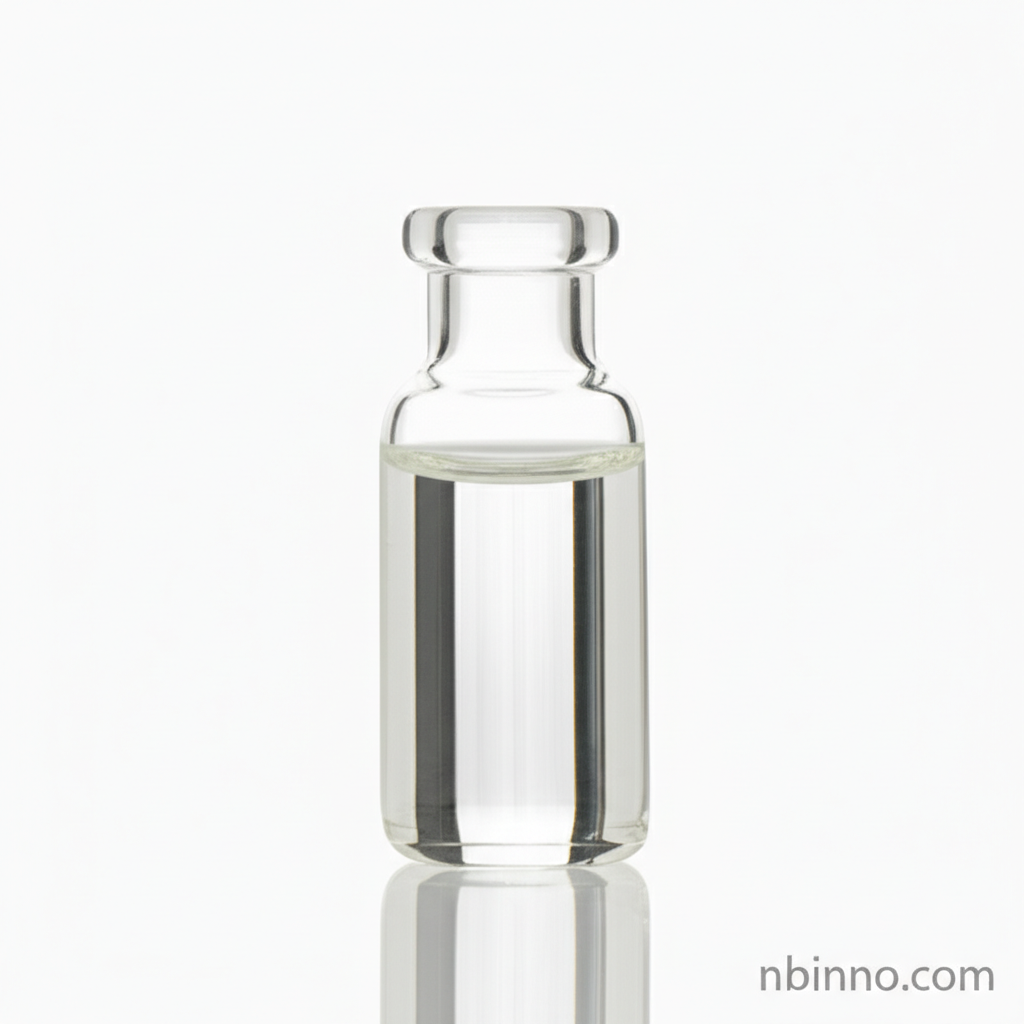Diisopropyldichlorosilane: A Versatile Organosilicon Monomer for Advanced Material Synthesis
Unlock the potential of advanced materials with Diisopropyldichlorosilane, a key organosilicon compound that serves as a versatile building block in cutting-edge chemical synthesis and material science applications.
Get a Quote & SampleProduct Core Value

Diisopropyldichlorosilane
Diisopropyldichlorosilane (CAS 7751-38-4) is a crucial organosilicon monomer renowned for its utility in complex organic synthesis. As a leading supplier in China, we provide high-purity Diisopropyldichlorosilane for various demanding applications. Its unique chemical structure makes it indispensable for researchers and manufacturers working with advanced silicon-based materials.
- Explore the intricate Diisopropyldichlorosilane synthesis pathways to understand its production efficiency. As a specialized manufacturer in China, we ensure consistent quality and supply.
- Discover the diverse Diisopropyldichlorosilane applications, from pharmaceutical intermediates to material science innovations. Our commitment to quality makes us a trusted supplier for your research and development needs.
- Learn about the critical Diisopropyldichlorosilane chemical properties that enable its broad use in various synthetic reactions. We are a dedicated supplier focused on delivering excellence in every batch.
- Investigate the role of organosilicon monomers like Diisopropyldichlorosilane in creating novel materials with tailored properties. Leverage our expertise as a reliable manufacturer in China to source premium chemicals.
Advantages Provided by the Product
Versatile Synthetic Utility
Diisopropyldichlorosilane acts as a key reagent in various organic transformations, including nucleoside protection and as a component in the Peterson alkenation reaction, providing flexibility for complex molecule construction. Utilizing this for nucleoside protection reagents can streamline synthesis.
Material Science Applications
Its ability to be incorporated into polymer structures or used for surface modification makes it valuable for developing materials with specific properties, such as enhanced hydrophobicity, aligning with trends in developing hydrophobic surface coatings.
High Purity and Reliability
As a trusted manufacturer, we ensure the high purity of Diisopropyldichlorosilane, which is critical for precise chemical synthesis and reproducible results in laboratory settings and industrial production.
Key Applications
Organic Synthesis
Diisopropyldichlorosilane is extensively used as a building block in organic synthesis, enabling the creation of complex molecular architectures and serving as a key component in various reaction mechanisms.
Material Science
It plays a role in the development of new materials, including polymers and surface treatments, contributing to advancements in areas like specialty silane applications.
Pharmaceutical Intermediates
The compound is utilized in the synthesis of pharmaceutical intermediates, particularly in methods for protecting sensitive functional groups in complex drug molecules, a core aspect of pharmaceutical synthesis intermediates.
Surface Modification
Its reactivity allows for the modification of surfaces to impart specific characteristics, such as water repellency, contributing to the field of hydrophobic surface coatings.
